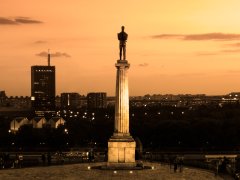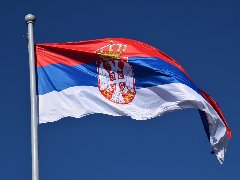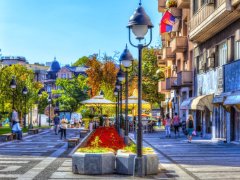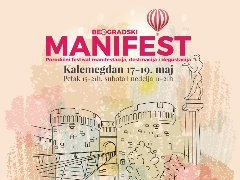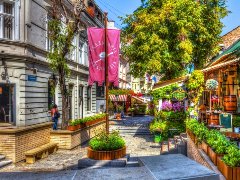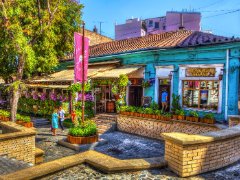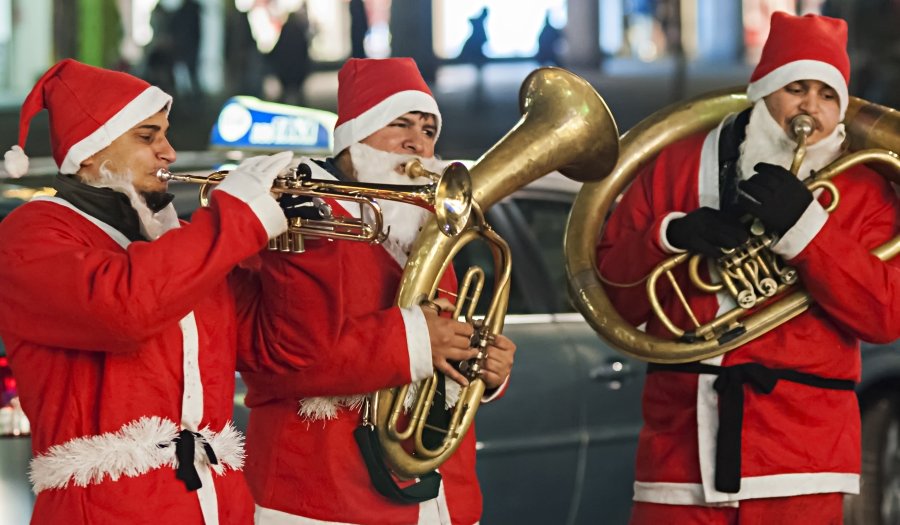
It is always celebrated on 13th to 14th January according to the Gregorian calendar, or January 1st according to the Julian calendar. Mali Bozic and Saint Basil the Great are celebrated on 14th January, so there are plenty of reasons to celebrate.
Back in 1919, the Kingdom of Serbs, Croats, and Slovenes adopted the Gregorian calendar during its formation so that all states would celebrate the New Year at the same time. The Serbs began celebrating theirs in 1923 after criticism from Croatia that the Orthodox New Year was harming trade and the economy throughout the Kingdom.
Nothing better happened to Serbs during the communist rule. The SFR Yugoslavia spread the policy that this church holiday was unnecessary and that it was better for Serbs to be less Serbs and much more Yugoslavs. It went so far as to punish anyone who celebrated the Serbian New Year, and even those who celebrated their birthdays on that day were suspicious for the authorities.
Traditionally, Serbs began to celebrate their New Year out of spite. At first secretly, within the family at home, but during the nineties, the celebrations on the evening of 13th January began to grow.
Where else is the Serbian New Year celebrated
The countries where it is celebrated are Bosnia and Herzegovina, Montenegro, Macedonia, the Orthodox regions of Croatia, Russia, Ukraine, Belarus, Armenia, Moldova, Georgia, parts of Scotland and throughout Europe where Serbian communities are organized. It is particularly interesting that the Inuits in Alaska also celebrate the New Year when the Serbs do.
Brothers and sisters, Happy Serbian New Year! May you be healthy, united and happy!
